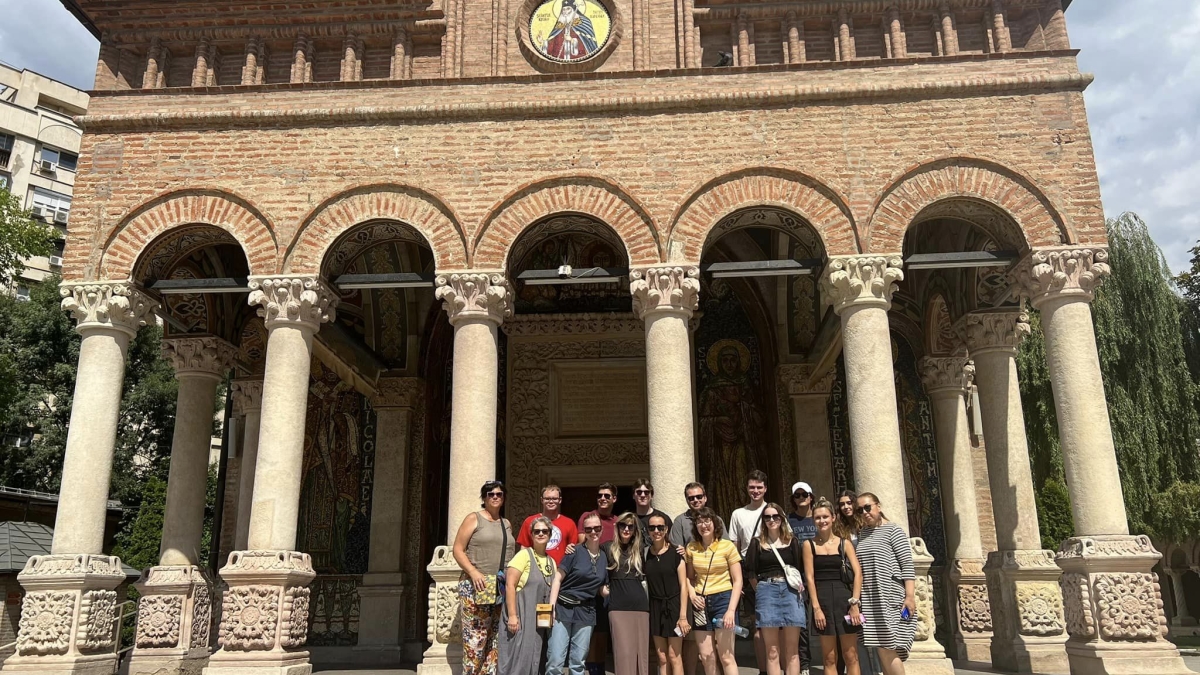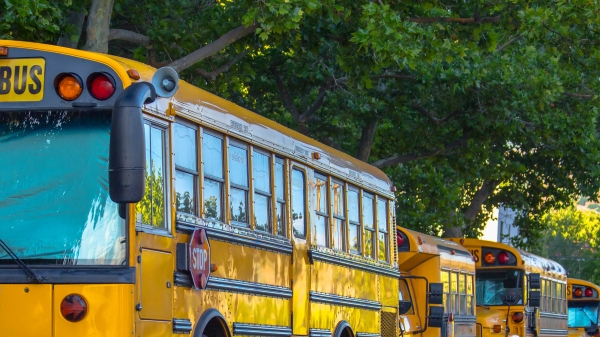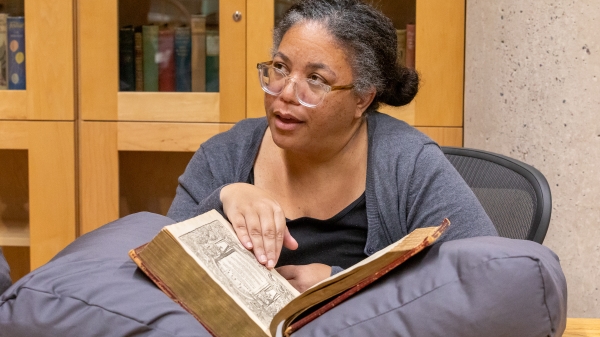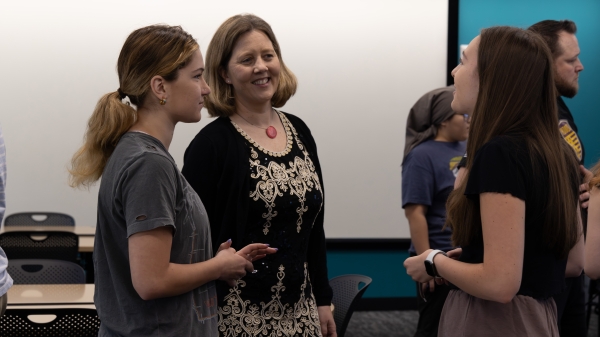ASU Romanian program celebrates 25 years and international success

Students in "GIE: War and Culture in Central Europe: Empire or Liberal Democracy?" program pose in front of Antim Monastery in Bucharest, Romania. Courtesy photo
The Romanian program at Arizona State University’s School of International Letters and Cultures has plenty to boast about.
It is the only program in the U.S. to offer a minor in Romanian studies; it has seen immense growth both within and outside of ASU; and, this year, the unique program is celebrating a huge milestone with the marking of its 25th year in operation.
“It's about a quarter of a century and I have the same enthusiasm and the same drive to make everyone explore and discover Central and Eastern Europe through completing an academic program. So we are 25 years young,” said President's Professor of Romanian studies Ileana Orlich, who also serves as Honorary Consul General of Romania in Arizona.
In addition to language courses, the Romanian program at ASU provides numerous opportunities for students to immerse themselves in Romanian culture. Students study the Romanian lifestyle, geography, cuisine, environmental issues, politics and social strategies.
The program also offers a European studies certificate, a Romanian minor and a Global Intensive Experience (GIE) summer study abroad program made possible through annual funding from the Arizona Legislature.
The fall of the wall, the rise of a program
After the fall of the Berlin Wall in 1989, a growing interest among students to learn about the politics of Central and Eastern Europe gave rise to an administrative initiative to launch the Romanian program at ASU.
Orlich says students were intrigued by the increase in liberal democracies being created in places like Austria-Hungary, the Roman Empire and the Soviet Bloc following the fall of communism, and they wanted to learn more about Romania and all of those developments taking place.
“Romania is ideally located in a space that encourages both academic exploration and political engagement,” Orlich said. "It is in the middle of Central and Eastern Europe and at the juncture of large historical empires like the Soviet Bloc, Austria-Hungary and Tsarist Russia, making it a fascinating place to study for its cultural dimensions academically, geographically and politically. It is also in close proximity to Ukraine and the Republic of Moldova, which are both areas under a lot of political commentary in the news today."
Expanding within ASU
Over the years, the intrinsic, rich dimensionality of Romania helped the program grow into a more transdisciplinary one. Additionally, the arrival of ASU President Michael Crow to the university in 2002 was a critical point in the development of the Romanian program, allowing it to expand in numerous directions. Although the program began and remains in the School of International Letters and Cultures, it has expanded into political science and global futures, and it has engaged in notable collaborations with the School of Civic and Economic Thought and Leadership.
According to Orlich, The College of Liberal Arts and Sciences Dean Patrick Kenney, who was head of the political science department at the time, facilitated the program's initial expansion by cross-listing all Orlich’s cultural courses so that students had the opportunity to learn about Romania. Jeffrey Cohen, dean of humanities, was also very supportive of the expansion, she added.
Today, the Romanian program even extends outside of the classroom. It endeavors to teach the larger ASU community about Romanian culture through the university’s partnership with the National Theatre in Cluj. This institution is one of the important representations of Romanian culture at ASU, and for roughly 16 years, the theater has held performances for students and faculty free of charge.
Reaching beyond the university
The Romanian program has achieved success within Arizona and has developed connections and partnerships with prominent people and organizations, not just outside of the university but outside of the country.
A pivotal moment for the Romanian program was when Kenney teamed up with ASU Professor Paul Carrese and Executive Vice President and University Provost Nancy Gonzales to launch a collaborative initiative, The Central European Cultural Collaborative with Erasmus+, a European Union program to support education and training in Europe. This initiative is a valuable exchange program that provides students with grants to study abroad in Romania.
The Central European Cultural Collaborative also organizes trips for dignitaries to visit the program, including the Ambassador of Romania to the United States Andrei Muraru, as well as numerous writers and artists. It has even organized trips for dignitaries outside of Romania, such as the Moldovan delegation from the Republic of Moldova.
Notably, ASU’s Romanian program has also received attention from the Romanian government, which sends lecturers who are fully funded to tutor students using approaches that are more advanced in Romanian studies.
A dedicated professor
Orlich is involved in many projects, but teaching her students is hands down her favorite thing.
“They're extraordinary, talented, bright young scholars who make things happen,” she said.
This year, four of her students were published in a journal funded by the European Union, a remarkable accomplishment, according to Orlich.
“The most important element of the program are wonderful students who have numerous choices but, at the end of the day, make us feel privileged to have them as our students," she said.
Despite the program's impressive growth through the years, Orlich isn’t done yet.
“I would like to hope and think that we are far from the peak of success that we envisioned," she said. "We are only 25 years into this project. We are looking at 25 more years."
Orlich expressed deep appreciation for the institution that will allow that future growth to happen.
“In order to have a program, in any language, as far as I'm concerned, you need to have a very supportive university, and Arizona State University is an extraordinary institution, first in innovation in all respects, on all sides. Multidimensional, multi-everything," she said. "So ASU made possible the existence of this program in the first place."
More Arts, humanities and education

Annual symposium to explore fundamentals of trauma-informed education
When it comes to fostering positive and safe classroom communities, teachers are on the front lines every day. And, as society changes, educators increasingly need access to the right tools,…

An ASU-led rare book find
Aaron Pratt began to look through the 1587 copy of "Holinshed’s Chronicles." It was mid-morning, March 1, and Pratt, the Pforzheimer Curator at the University of Texas at Austin's Harry Ransom…

ASU professor named 2024 Teacher of the Year by Southwest Conference on Language Teaching
This year, the Southwest Conference on Language Teaching (SWCOLT) has recognized Arizona State University’s Sara Lee as the 2024 Teacher of the Year. As part of the selection process, Lee gave a…